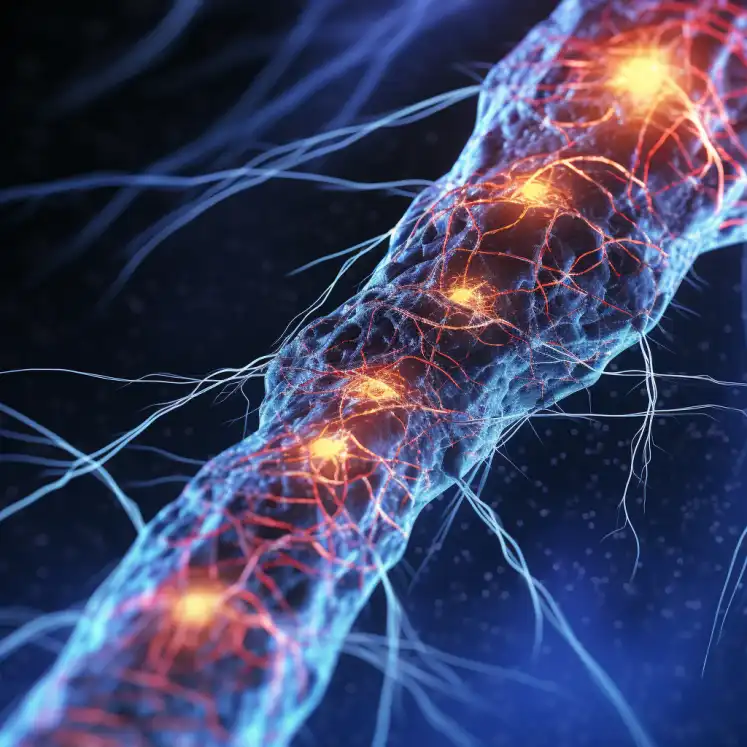CIPD stands for “Chronic Inflammatory Demyelinating Polyneuropathy.” It is a rare autoimmune disease of the peripheral nervous system. For a long time, the development of CIPD was associated with certain HLA genes (A1, B8, DRW3), but this hypothesis hasn’t been confirmed. The disorder is caused by the inflammation of nerves and nerve roots, but experts aren’t certain of the primary reason for the inflammation. The swelling can destroy the protective covering around the nerves, damaging nerve fibers and slowing their ability to send signals.
The symptoms of CIPD include weakness, motor function impairment, or loss of sensation (incoordination, numbness, tingling, or prickling sensations). Patients with CIDP often feel fatigued, burning, and pain, and experience clumsiness, difficulty swallowing, and double vision. Usually, the disease begins gradually, with symmetrical weakness in the limbs and loss of sensation. The lower limbs are affected first. As a result, patients have difficulty walking, climbing stairs, or getting up out of a chair.
The most typical form of CIPD is the sensorimotor form, expressed by both motor and sensory disturbances in the limbs. Over several weeks or months, patients with CIPD experience weakness in their hands. Muscle weakness is accompanied by a decrease in tendon reflexes, and an increase in sensory disturbances, like hypoesthesia. CIDP is also associated with an increase in protein levels in the cerebrospinal fluid. The course of the disease can be recurring or continuously progressing, the latter being more characteristic for young patients.
The symptoms resemble Guillain-Barre Syndrome and make it difficult to make a correct diagnosis, especially because there is no specific test to diagnose CIDP. The disease can coexist with other conditions, such as HIV, hepatitis C, inflammatory bowel disease, melanoma, lymphoma, and diabetes.
CIDP is potentially treatable, with an average prevalence of about 0.5 cases per 100,000 children, and 1-2 cases per 100,000 adults. In general, the treatment is aimed at blocking the patho-immunological processes, suppressing inflammation and demyelination, and preventing secondary degeneration of nerve fibers. There is a need for supportive treatment, which should be selected individually for each patient to slow the progression of the disease. Positive therapeutic responses would be tangible improvements in mobility and sensitivity.
Stem cell therapy is one of the treatments for CIDP, along with corticosteroids, intravenous immunoglobulin injections, plasma exchange, and immunotherapy. Stem cells, both received from a patient and donated, reset the immune system and stop the symptoms from becoming severe. The realm of stem cell research is vast, with its applications extending beyond CIDP. In fact, there’s ongoing research on how stem cells might play a role in addressing Autism Spectrum Disorder. For more insights on this, you might want to explore Stem Cell Treatment: A New Hope for Autism?.
To learn more about different types of stem cells read our recent post: Stem Cells: Multipotent, Totipotent, Pluripotent, Unipotent.

